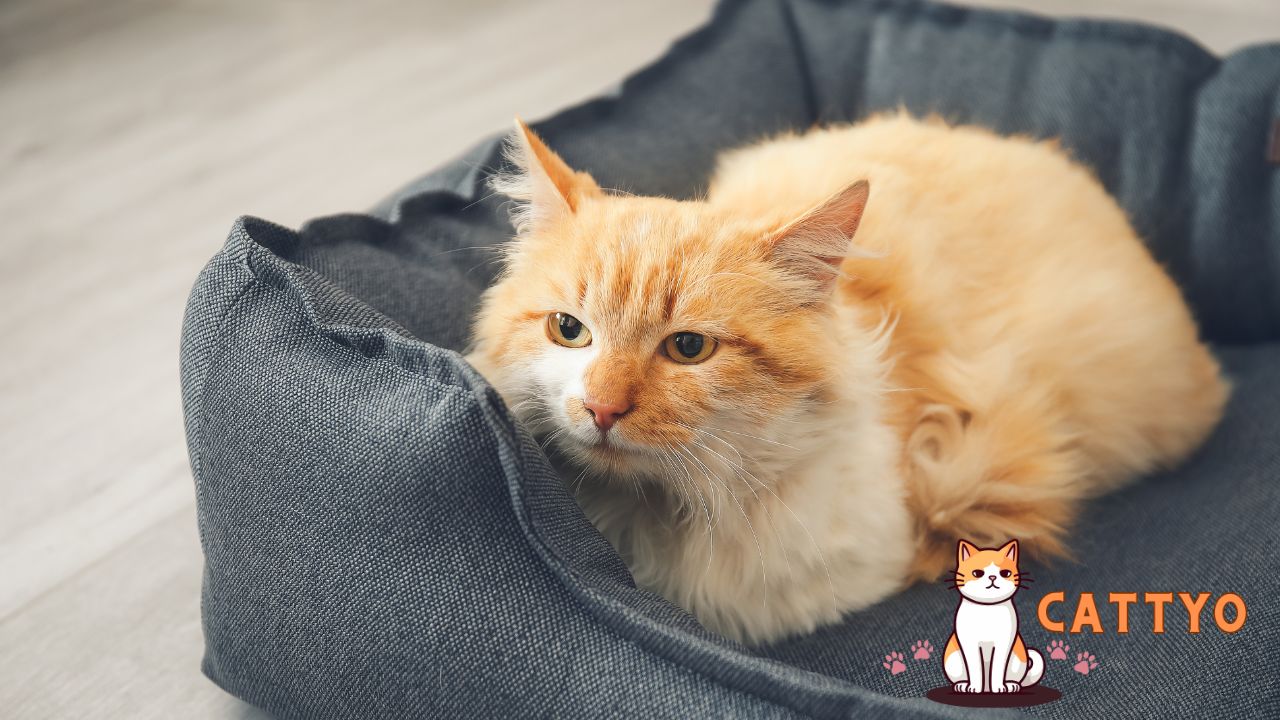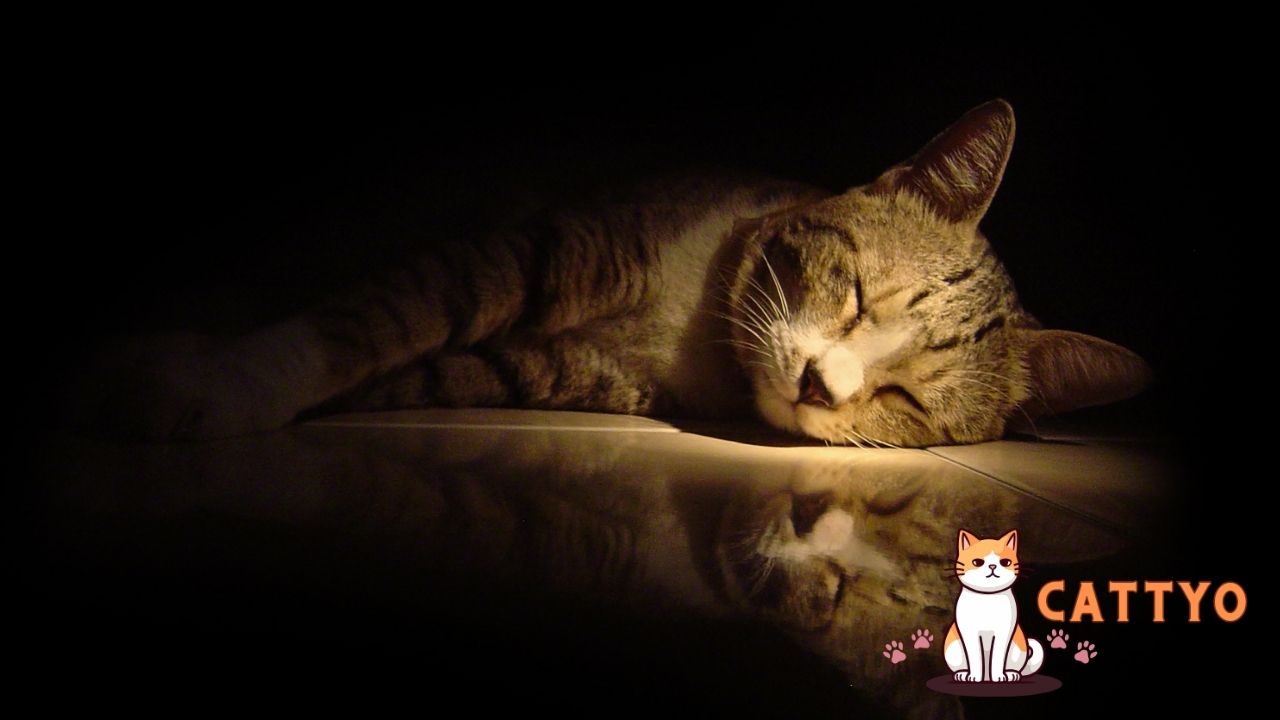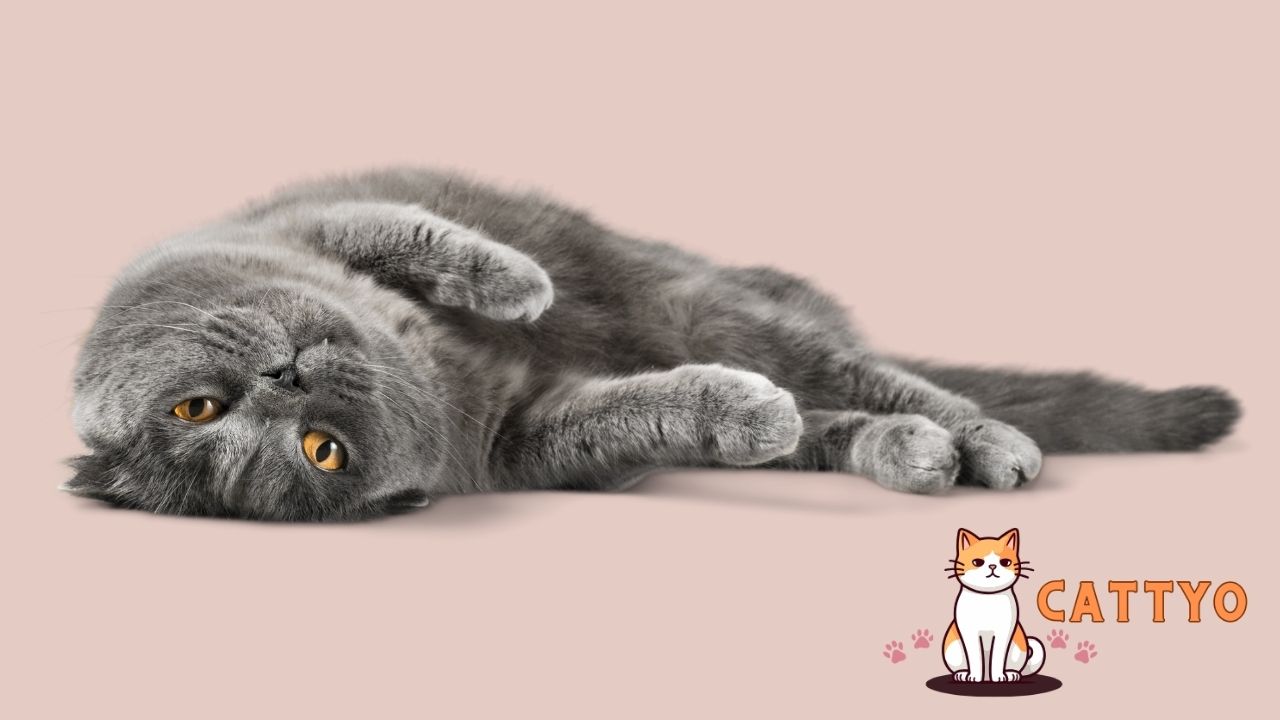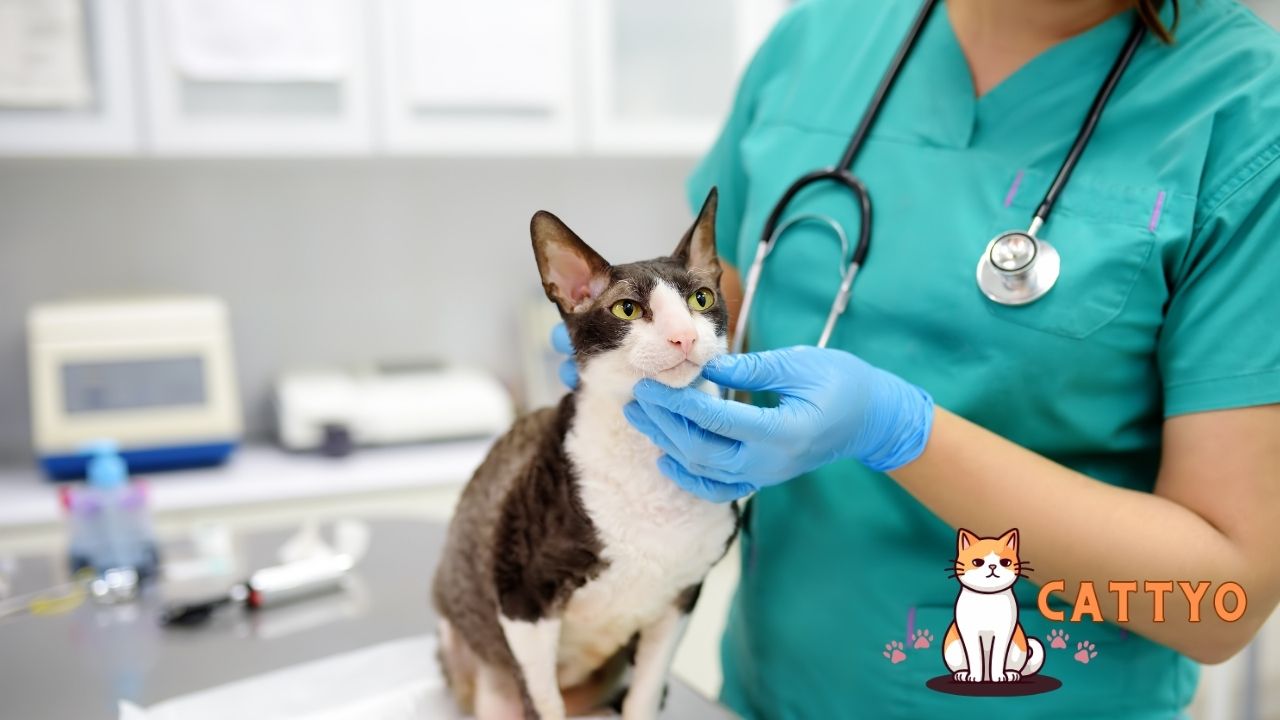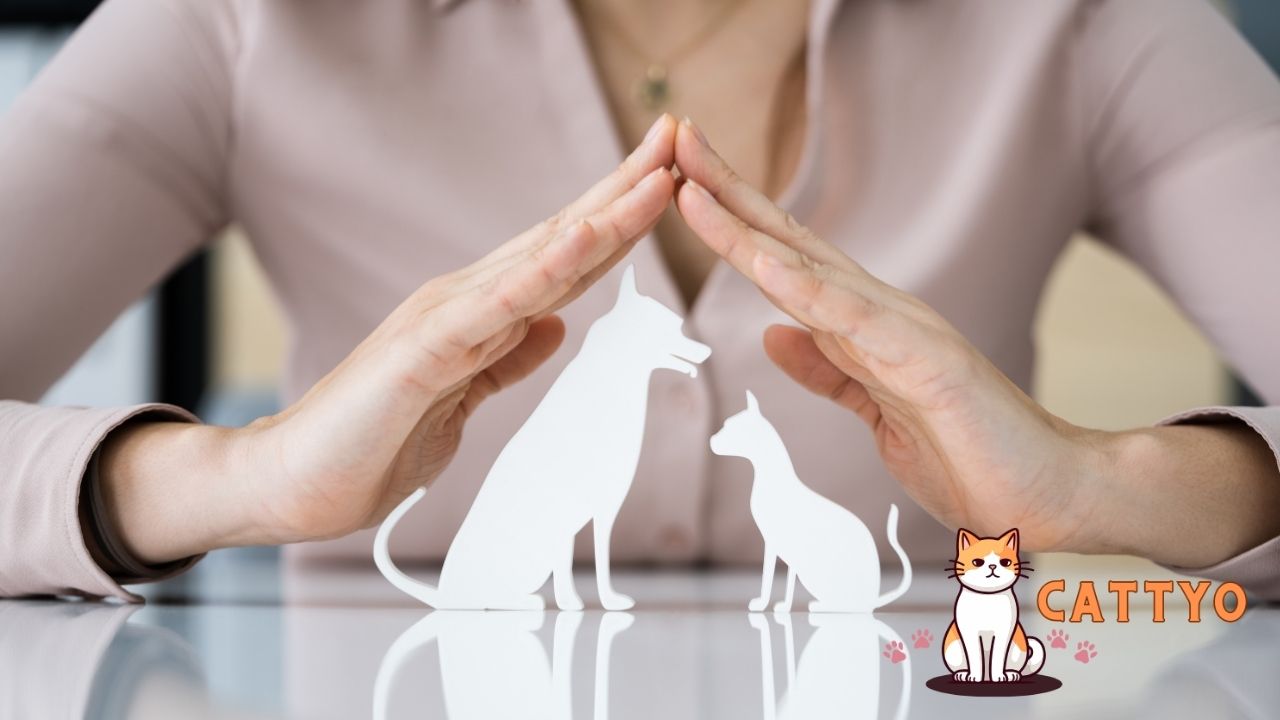In the quiet moments when a beloved cat nears the end of its journey, subtle changes unfold that speak volumes about their experience. From gentle breaths slowing to a serene stillness, understanding what happens right before a cat dies can offer comfort and insight for those cherishing their feline companion’s final hours. Discover the tender signs and heartfelt behaviors that mark this profound transition, ensuring your pet feels loved and at peace during their last moments.
The bond between a cat and its owner is one of deep affection, understanding, and often, unspoken communication.
As cat lovers, we spend countless hours observing our furry companions, enjoying their quirky personalities and adorable antics. But when the inevitable approach of death comes closer for our beloved pets, it’s often a heart-wrenching and confusing time.
What happens right before a cat dies? Understanding the signs can help prepare us emotionally and practically for the difficult farewell ahead.
In this article, we’ll explore the physical and behavioral changes that occur in cats before they die. These signs can often be subtle, but they are there if we know what to look for.
From changes in behavior to physical decline, we’ll break down the stages and provide helpful advice on how to care for your cat during its final days.
The Hard Truth: Understanding Cat Death
For many cat owners, the thought of losing a pet is devastating. Our cats are not just animals; they are family. We love them, we care for them, and we often see them as our companions through thick and thin.
So, when we notice signs that they might be nearing the end of their lives, it can be difficult to process.
The reality is that every cat’s journey toward death is different. Factors like age, illness, genetics, and the level of care a cat receives can all influence the signs and timeline.
However, there are a few common patterns that emerge in the final days and weeks of a cat’s life. Understanding these can help you prepare and offer your pet the most comfort possible during their final moments.
What Happens Right Before a Cat Dies?
In the moments leading up to a cat’s passing, noticeable physical and behavioral changes occur as their body prepares to shut down. Recognizing these signs can help pet owners provide the necessary comfort and support during this profound time.
- Decreased Activity and Lethargy
- The cat becomes less active, spending more time resting or sleeping.
- Loss of Appetite and Thirst
- Reduced interest in eating or drinking as the body begins to shut down.
- Changes in Breathing Patterns
- Breathing may become irregular, shallow, or slower.
- Withdrawal and Seeking Solitude
- The cat might hide or seek a quiet, secluded place away from others.
- Altered Body Temperature
- The cat’s body may feel cooler to the touch, especially in the extremities.
- Difficulty in Mobility
- Moving becomes more challenging; the cat may have trouble standing or walking.
- Changes in Consciousness
- The cat may become less responsive, enter periods of unconsciousness, or appear disoriented.
- Loss of Bladder and Bowel Control
- Involuntary urination or defecation may occur.
- Weakness and Muscle Relaxation
- Muscles become limp, leading to a relaxed or sprawled posture.
- Visible Signs of Pain or Discomfort
- Vocalizations, changes in posture, or other indicators of distress may be present.
Understanding these signs can help pet owners provide comfort and seek appropriate veterinary care during their cat’s final moments.
1. Withdrawal and Isolation
One of the first signs that a cat is nearing the end of its life is a noticeable shift in behavior. Cats are generally solitary creatures, but when death is approaching, they often become more withdrawn and seek isolation. They may spend more time hiding in corners, under furniture, or in quiet areas away from human interaction.
This behavior is believed to be a natural response to illness or discomfort. A cat may instinctively know that it’s time to rest and retreat from the world. Some cats may also stop responding to their names or requests for attention, showing little interest in their usual interactions.
2. Decreased Appetite and Thirst
As a cat nears the end of its life, you will likely notice a significant decrease in their appetite. Eating and drinking become less of a priority as their body’s systems begin to shut down. In some cases, cats may stop eating altogether, or they might only nibble at food without showing their usual enthusiasm.
If your cat refuses to drink, dehydration can quickly become a concern. You can try to encourage them to drink by offering fresh water frequently or even using a syringe to provide small amounts of water. It’s important to remember that as the cat’s body begins to slow down, their metabolism also decreases, and they simply no longer need the same amount of food or hydration.
3. Change in Breathing Patterns
Cats approaching death often exhibit noticeable changes in their breathing. You might observe that their breathing becomes more shallow or irregular. Some cats may even begin to pant, though this is less common.
In the final days, your cat’s body is preparing to shut down, and breathing patterns may become more labored as the body struggles to function properly. It’s important to monitor your cat’s respiratory rate, especially if they appear to be in distress. If you are concerned, consult your vet for advice on how to best help your cat.
4. Lethargy and Weakness
As the end draws near, a cat will become progressively weaker. You may notice that your cat spends more time sleeping, and when awake, they may seem sluggish or unsteady on their feet. This could be due to a variety of factors, such as pain, fatigue, or the body’s organs starting to fail.
In addition to general lethargy, some cats will also stop grooming themselves. Cats are known for their meticulous hygiene, so when you notice a decline in grooming behavior, it can be an indication that your cat is nearing the end of their life.
5. Changes in Behavior and Personality
A dying cat may experience significant shifts in behavior. If your cat has been social and affectionate in the past, you may notice them becoming more reclusive or irritable. Alternatively, some cats may become more clingy, seeking extra affection or contact from their owners.
These changes often reflect the cat’s physical discomfort or emotional state as they approach the end. While every cat is different, it’s crucial to be patient and understanding during this time.
6. Incontinence and Loss of Control
As the body begins to shut down, your cat may lose control over bodily functions. This can result in accidents outside the litter box or difficulty standing to urinate or defecate. This is a natural part of the dying process, but it can be distressing for both the cat and the owner.
If your cat starts to show signs of incontinence, make sure they have easy access to a clean, comfortable area to rest. You may also want to use absorbent bedding or puppy pads to help keep your home clean.
7. Cooling of the Body
As circulation slows, a dying cat’s body may begin to cool, especially in the extremities. Their paws and ears might feel cold to the touch, a clear sign that the body’s systems are shutting down. This cooling process is gradual but inevitable as the heart and circulatory system stop functioning properly.
You can help your cat feel more comfortable by offering warmth in their resting area, such as a heated blanket or a soft bed. Keep them in a quiet, peaceful space where they can rest in comfort.
8. Final Stages: The Last Few Hours
In the final hours of life, a cat’s body will become more still, and their breathing may become slower and more irregular. If your cat is still conscious, they may display signs of extreme weakness or appear to be in pain. At this point, it’s important to provide emotional support and comfort, reassuring them that they are not alone.
If you suspect that your cat’s death is imminent, you may want to consider reaching out to your veterinarian about euthanasia options. This is a personal decision, but it can provide your cat with a peaceful and painless passing.
How to Help Your Cat in Their Final Days
- Provide Comfort and Peace
Make sure your cat is in a quiet, familiar space where they feel safe. Avoid any loud noises or disruptions that could cause additional stress. - Offer Soft, Wet Food
If your cat is still eating but having trouble with dry food, try offering them wet food or even baby food (without added salt or seasoning). You can also try hand-feeding them small amounts. - Hydration is Key
If your cat isn’t drinking on their own, try using a syringe (without the needle) to gently give them water. Be very gentle and make sure they’re swallowing. - Monitor Pain Levels
Cats are masters at hiding pain, but if you notice signs of discomfort, speak to your vet about pain management options. Never give human pain medication to a cat, as it can be toxic. - Be There for Them
Your presence can be incredibly comforting to your cat during their final moments. Speak softly, pet them gently, and provide reassurance. Let them know they are loved.
Frequently Asked Questions (FAQs)
How can I tell if my cat is in pain?
Look for signs of vocalization, changes in behavior, decreased appetite, or difficulty moving. If you suspect your cat is in pain, contact your vet immediately.
Is there anything I can do to extend my cat’s life?
While you can’t reverse the natural aging process, regular vet visits, a balanced diet, and lots of love can help your cat live a long, healthy life. If your cat is showing signs of illness, early intervention can help manage many conditions.
Should I consider euthanasia for my cat?
Euthanasia is a difficult decision that should be made based on your cat’s quality of life. Consult with your veterinarian if you are unsure. Your vet can guide you on whether euthanasia is the kindest option.
Final Thought
Saying goodbye to a beloved cat is one of the hardest things any pet owner can face.
Understanding what happens right before a cat dies can help you prepare emotionally and practically for this inevitable part of life.
By recognizing the signs and providing comfort during your cat’s final days, you can ensure that they pass in peace, surrounded by love.
Remember, each cat’s journey is unique, and there’s no right or wrong way to navigate this difficult time. Whether your cat is nearing the end due to age, illness, or an unforeseen event, offering them care, attention, and your presence will mean the world to them.
As you say goodbye, take comfort in the bond you’ve shared. The love and companionship your cat gave you throughout their life will stay with you long after they’ve crossed the rainbow bridge.


